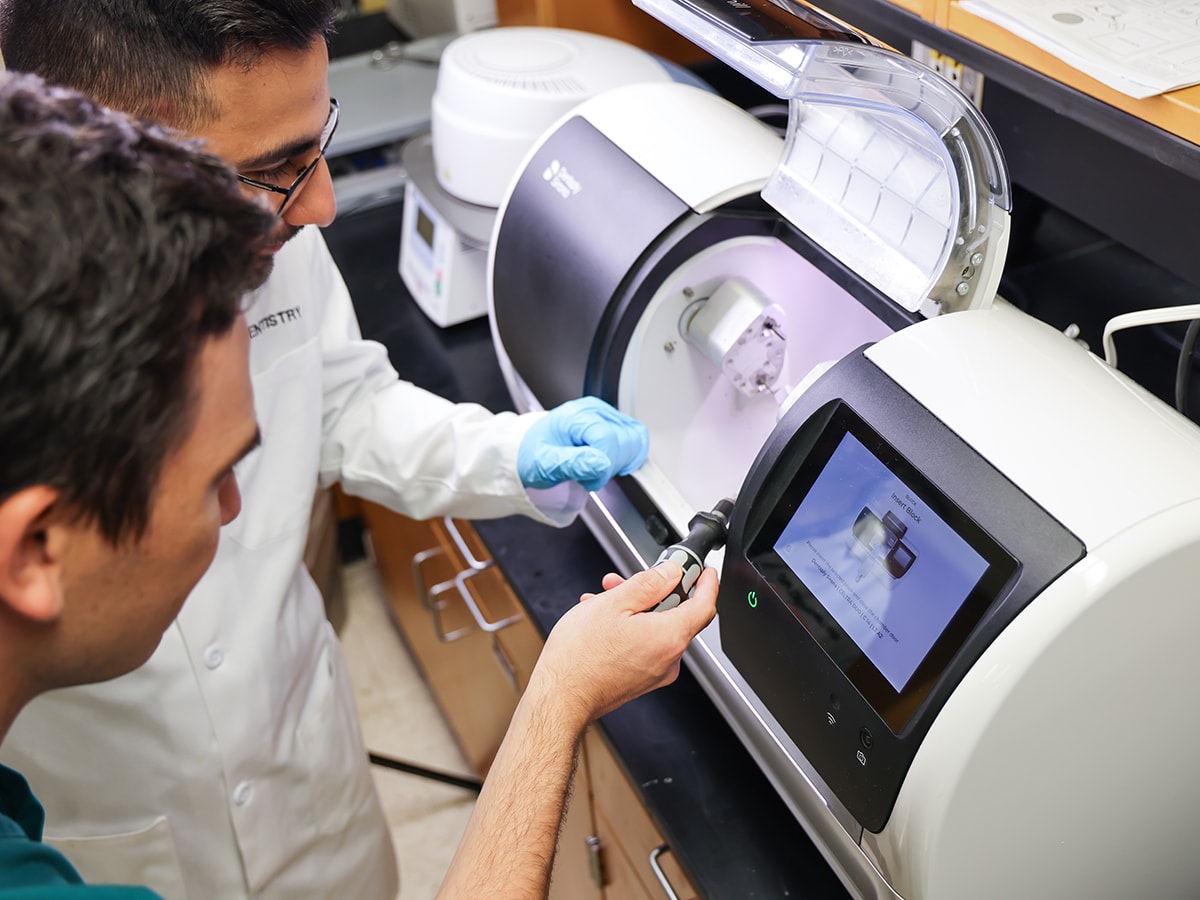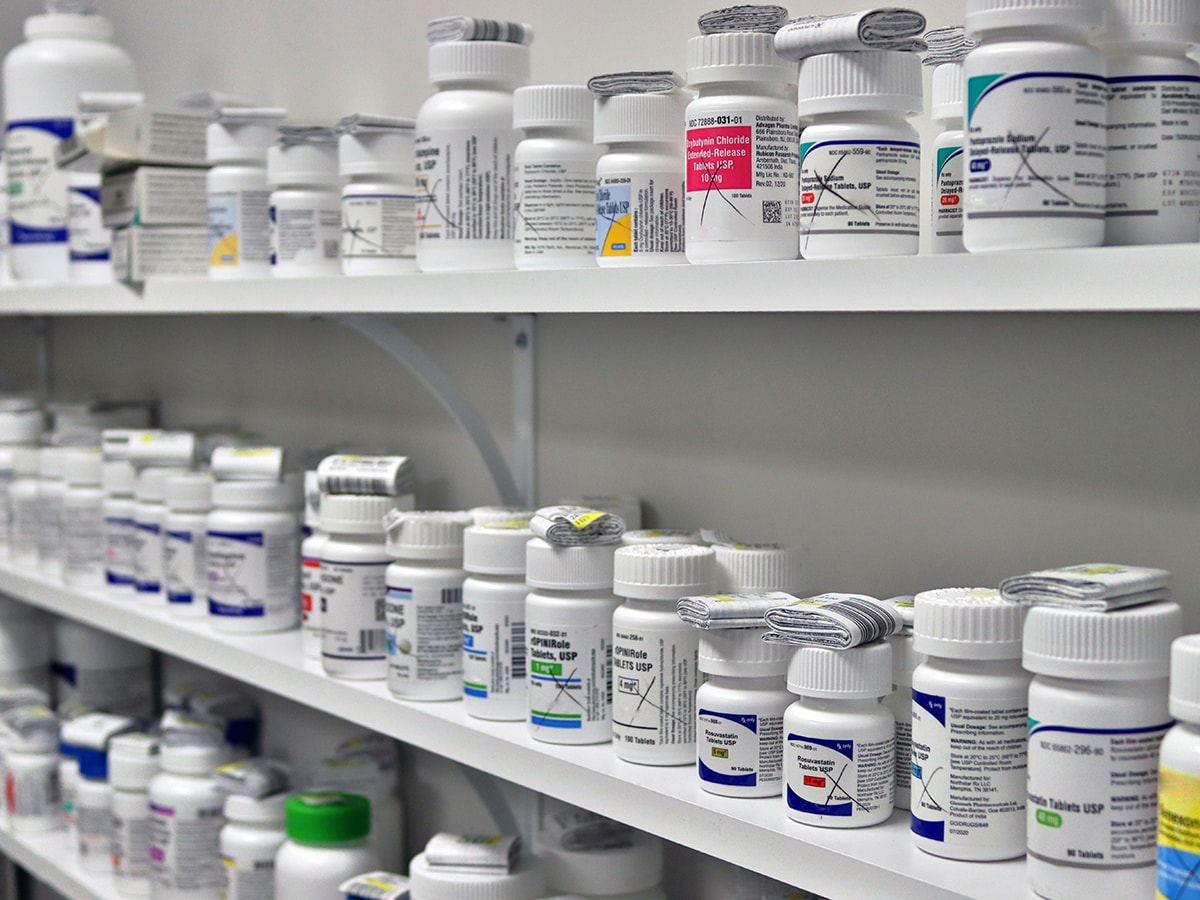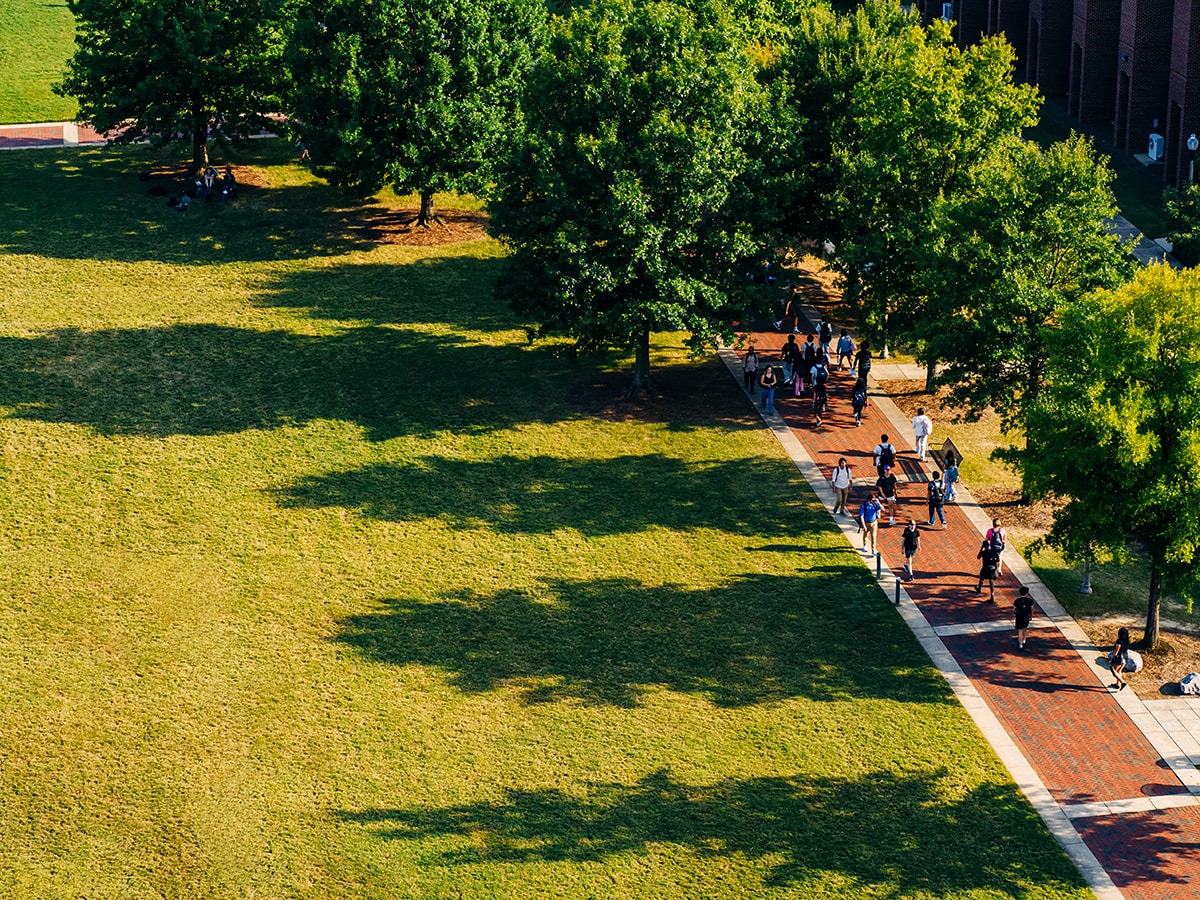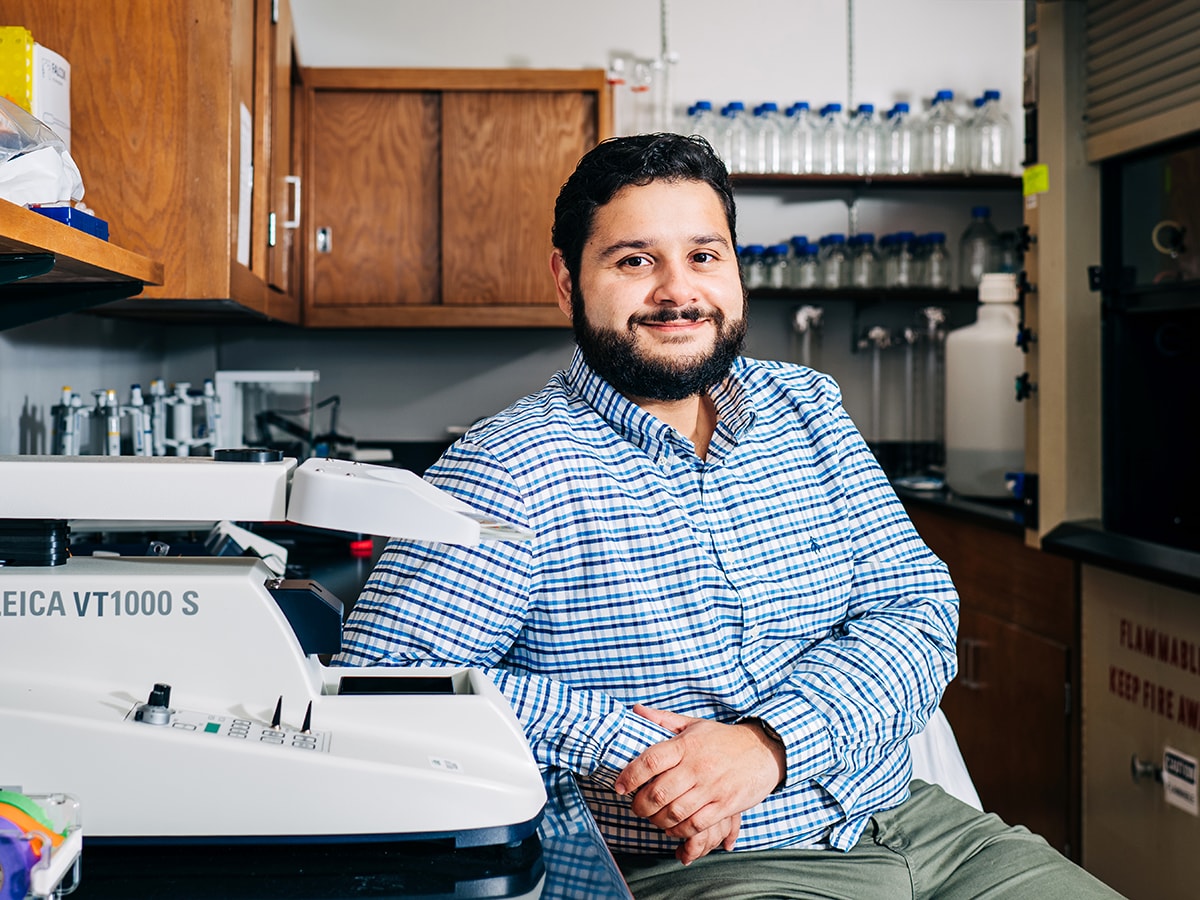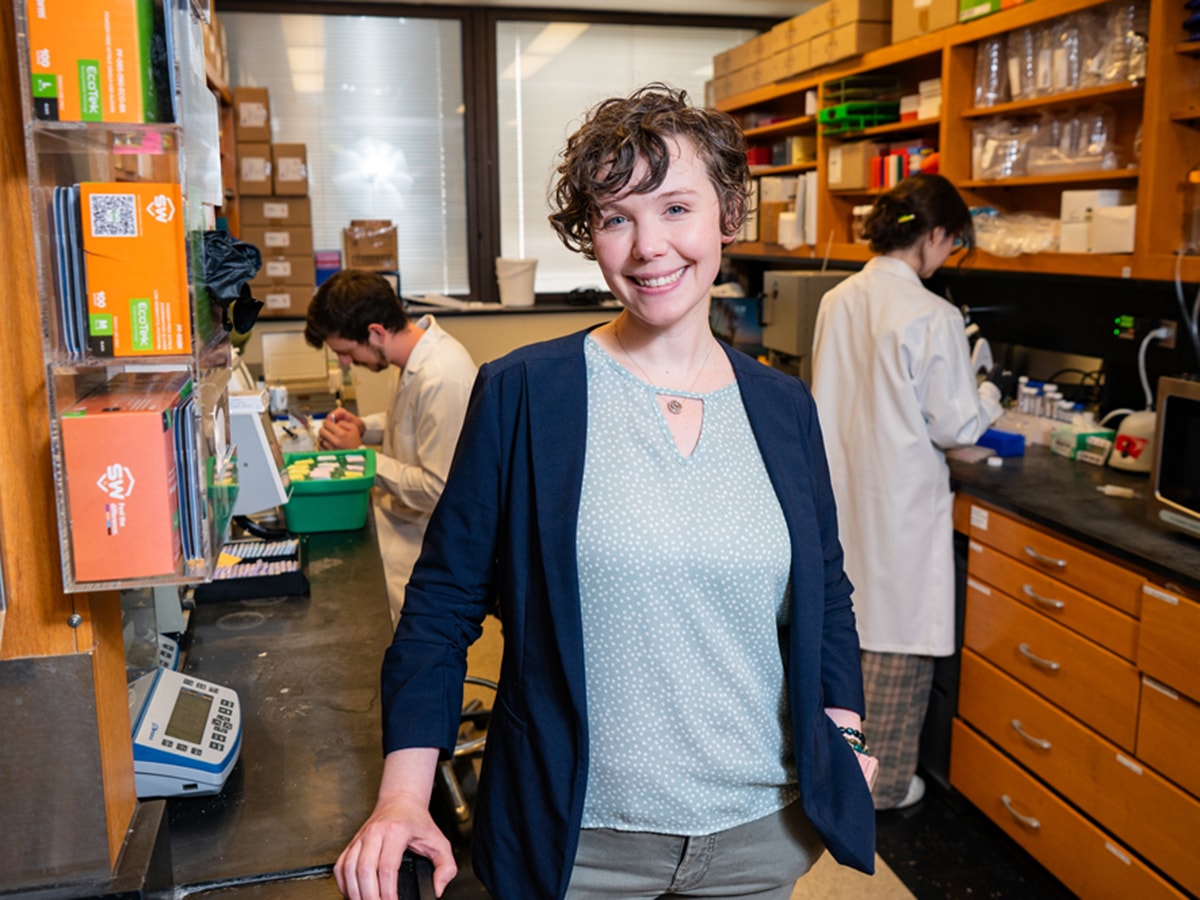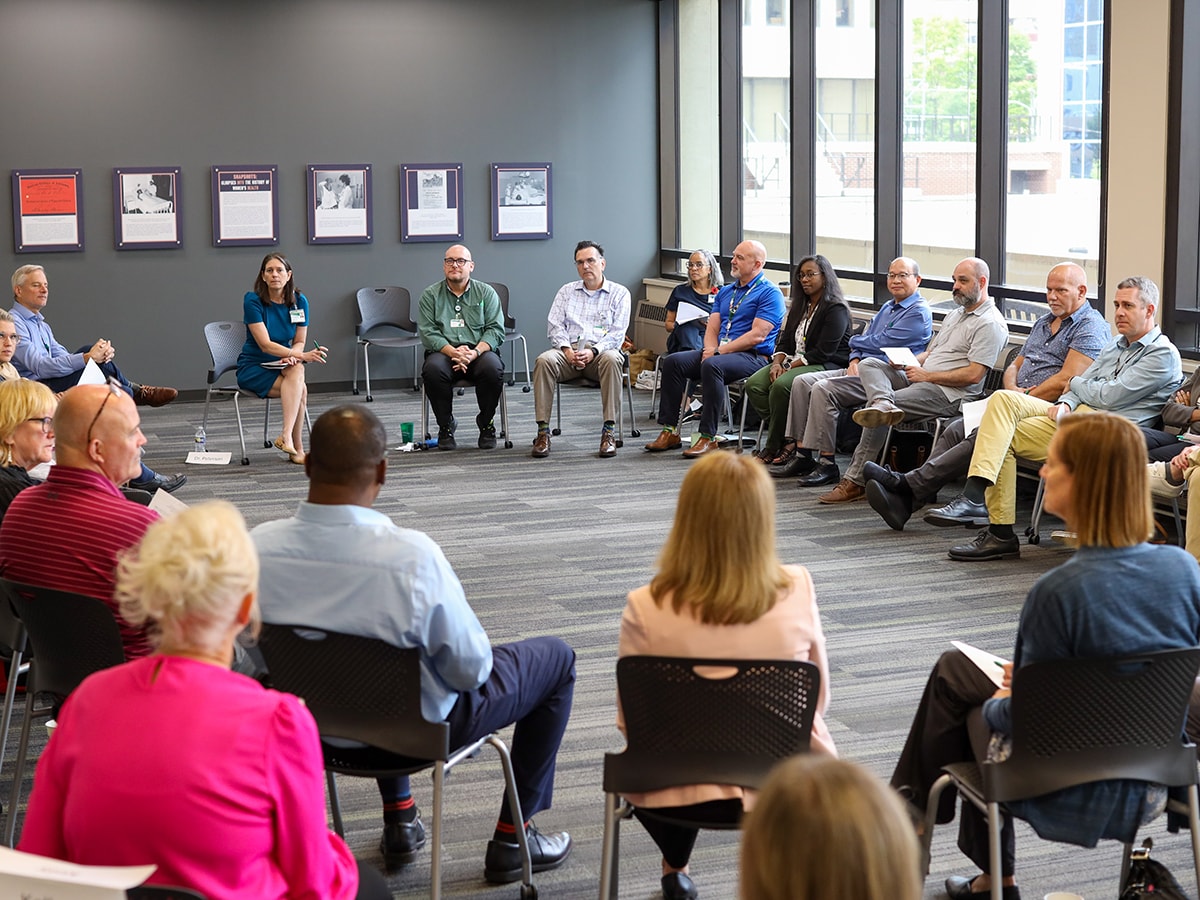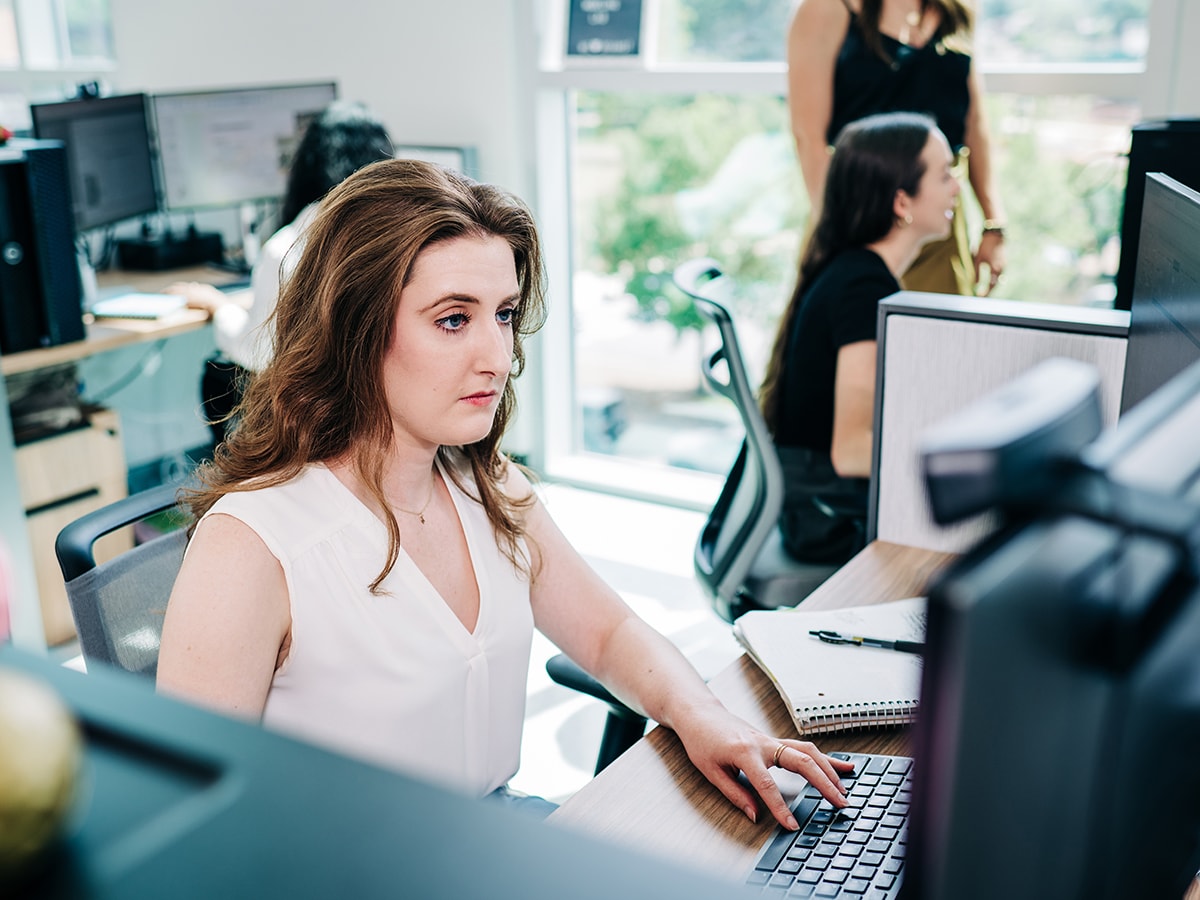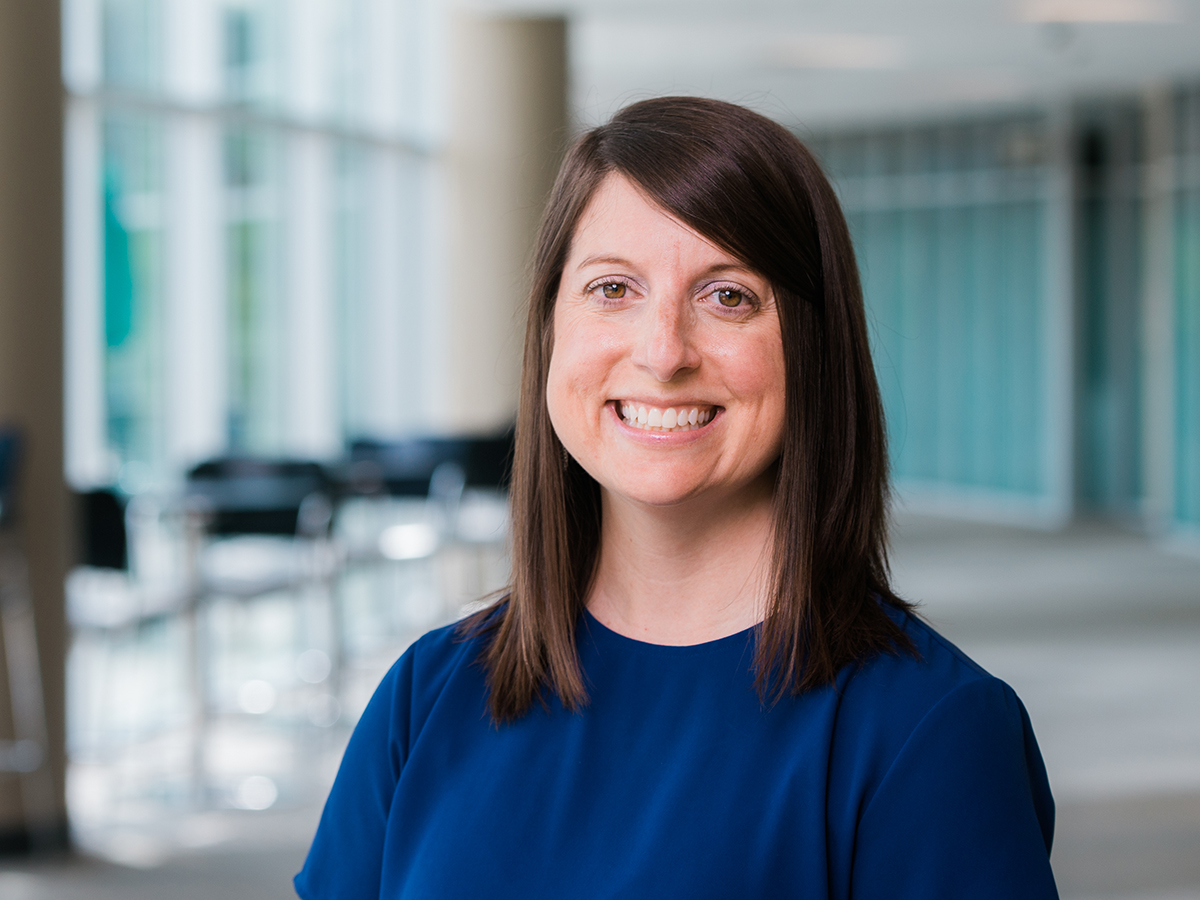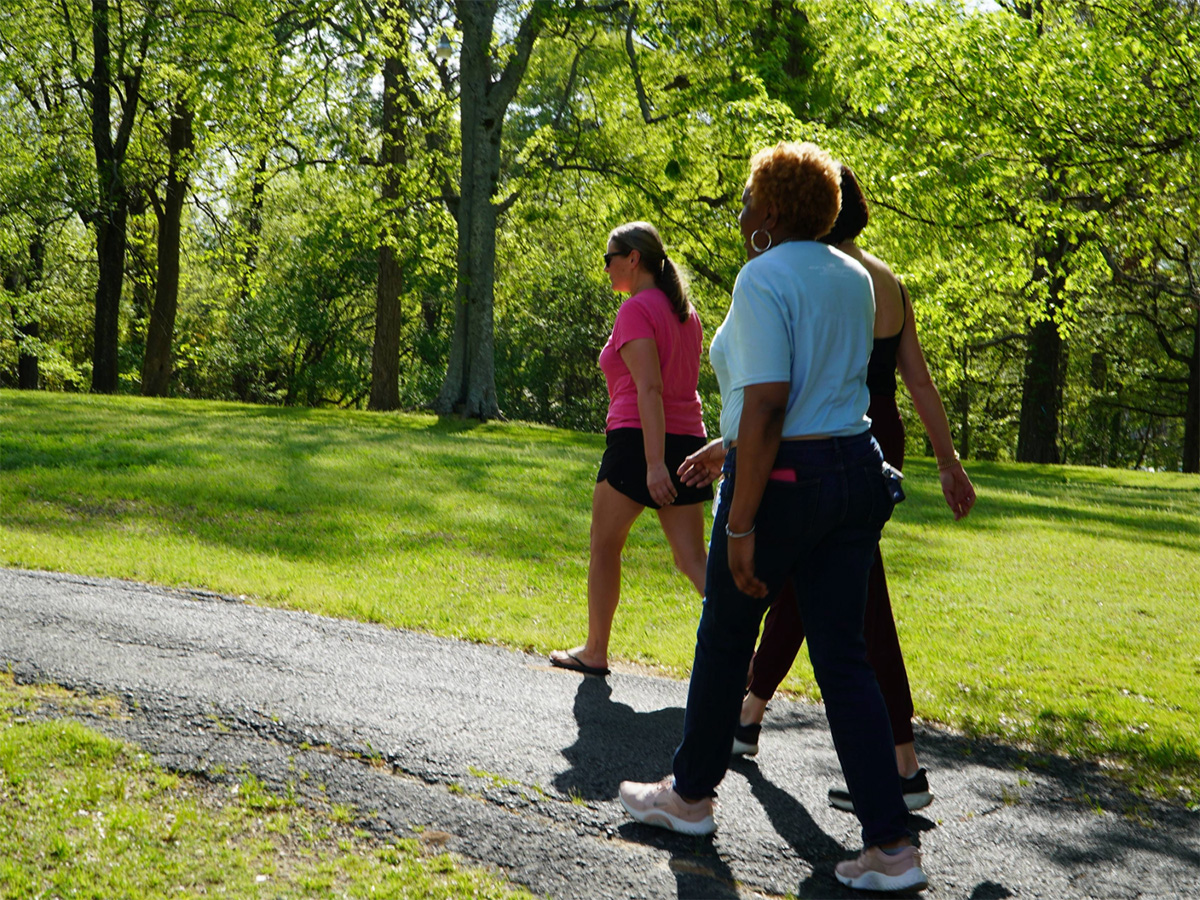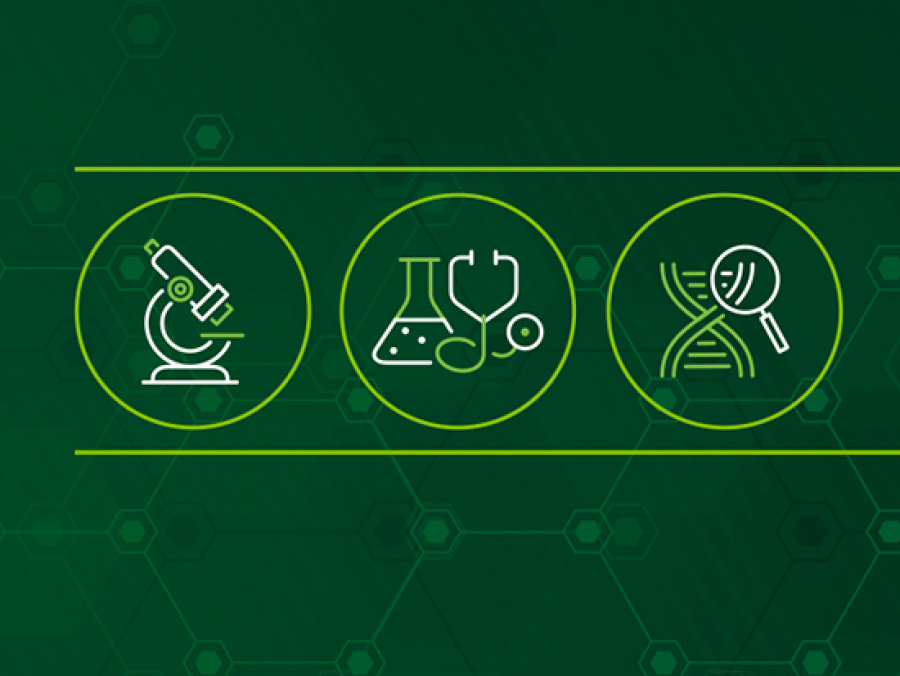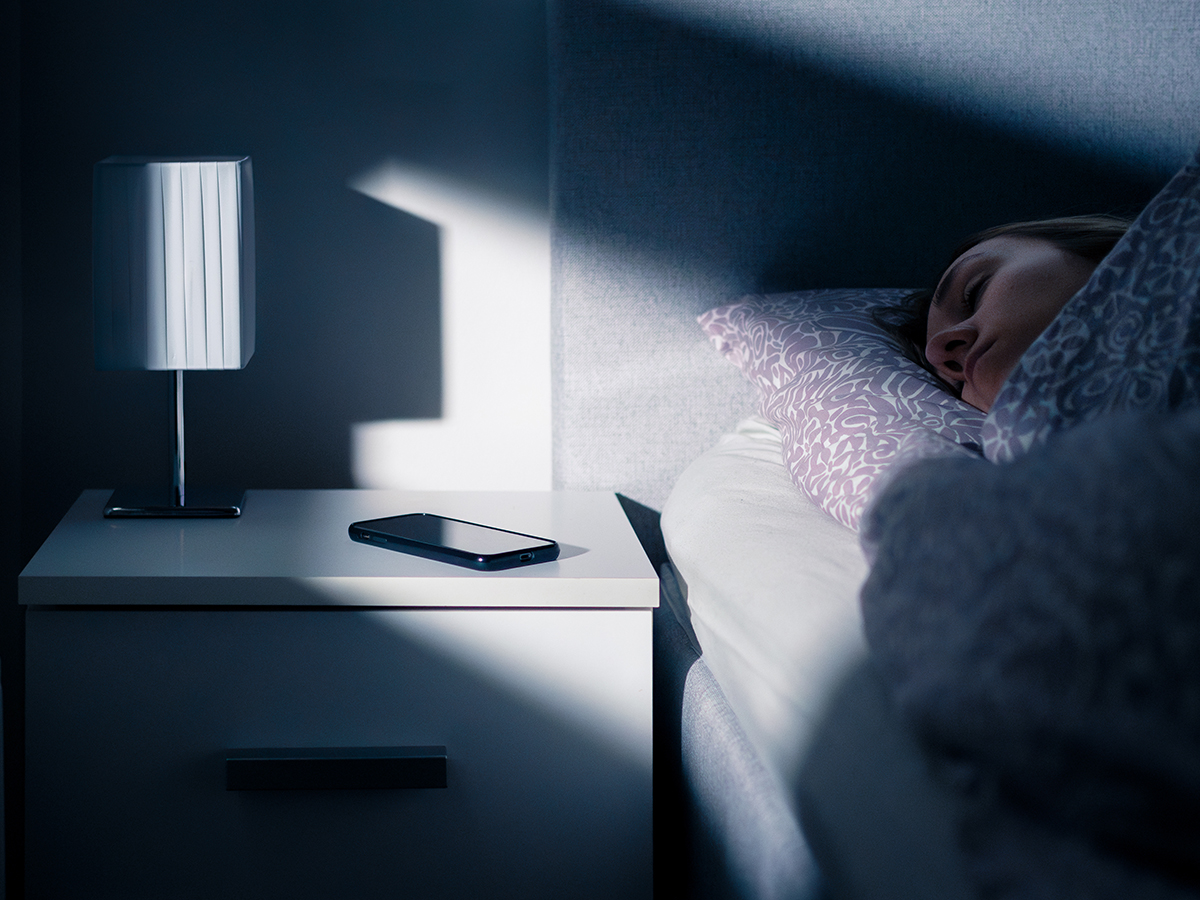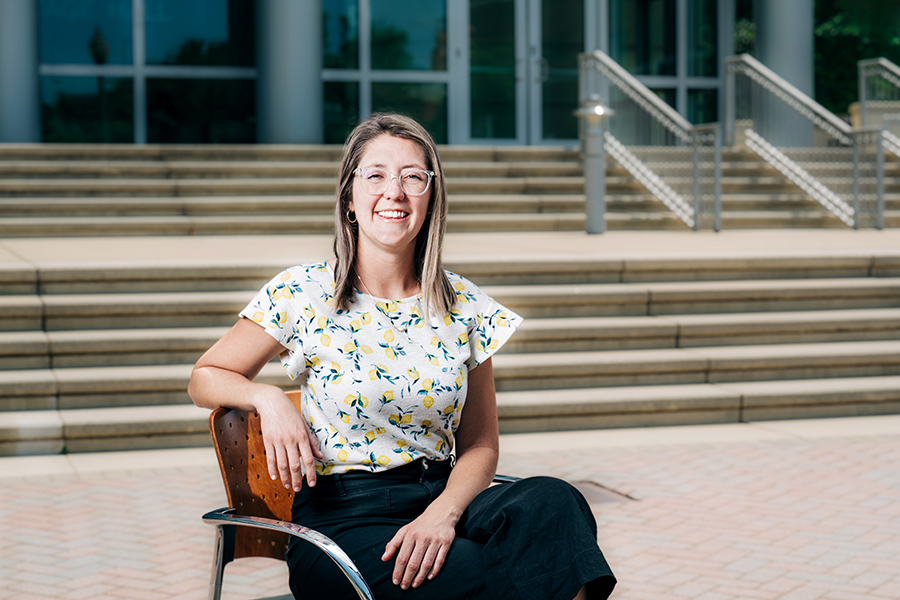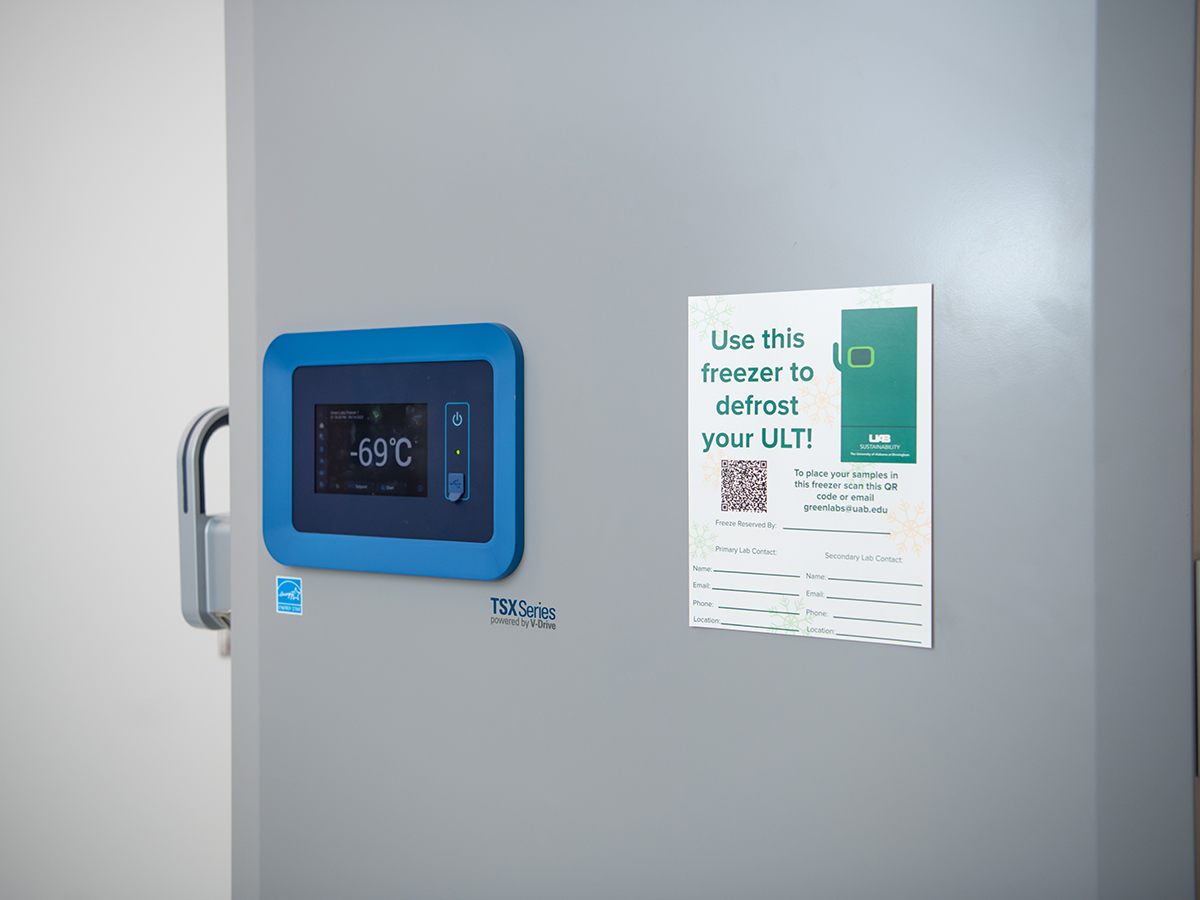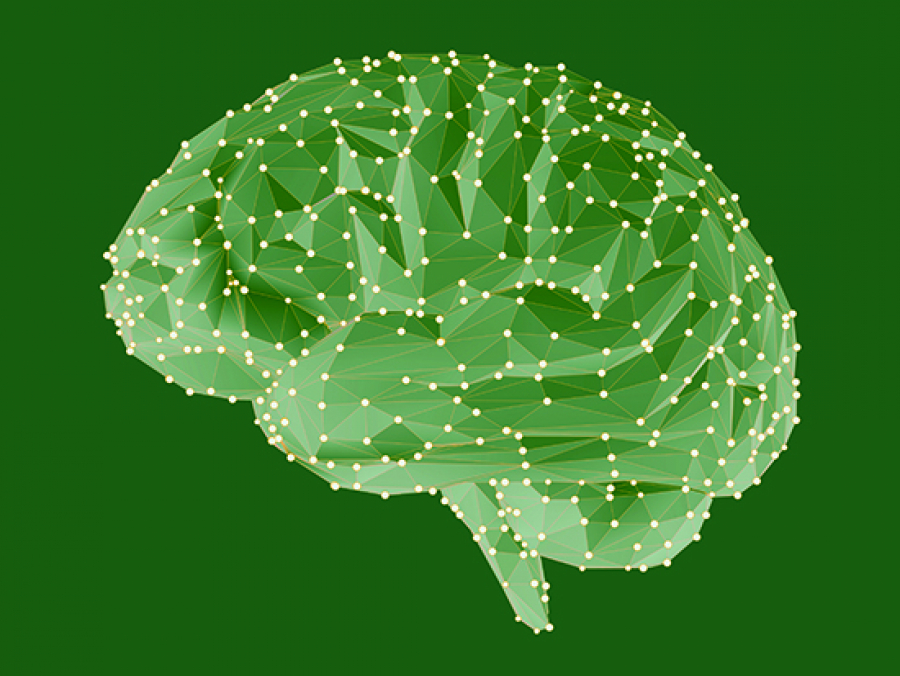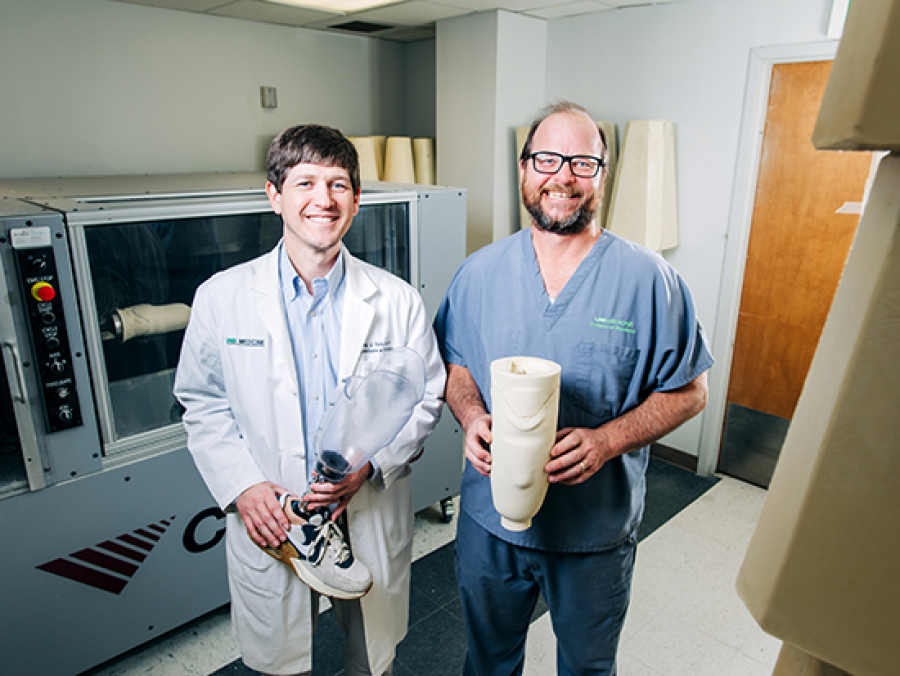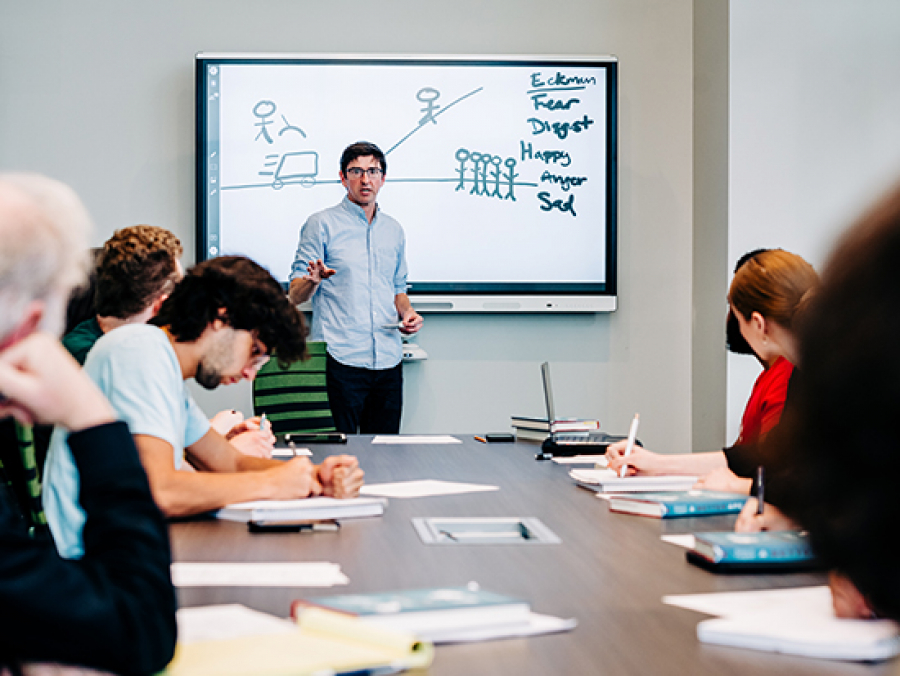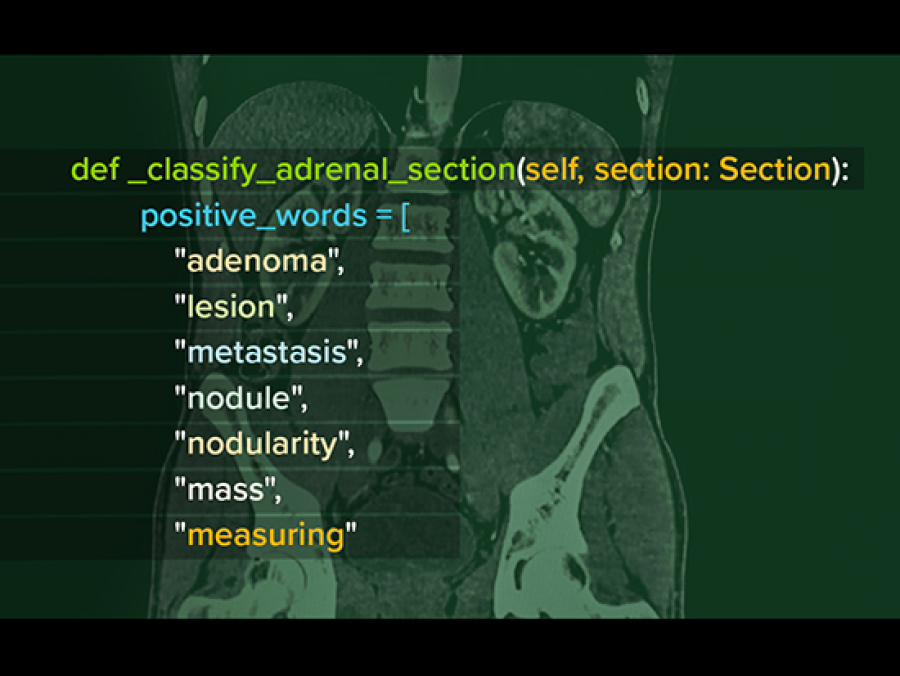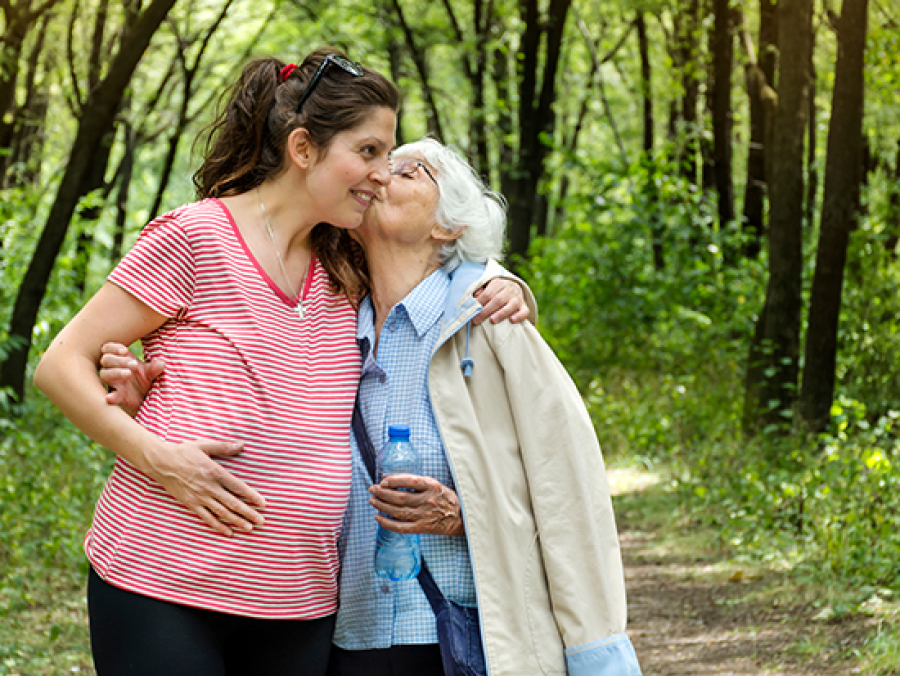Research & Innovation
As part of UAB’s Research Strategic Initiative, myUABResearch Phase 1 will be live on Dec. 15. Effective Dec. 15, how you submit grants, agreements, financial disclosures and pre-approval/external activity requests will change.
“Deprescribing” aims to reduce the potential harms from medicines. “Certain conditions are overtreated in older patients,” said Kenneth Boockvar, M.D., director of UAB’s Division of Gerontology, Geriatrics and Palliative Care, a clinician and researcher who studies deprescribing. The goal, he says, is to ask, “What can we treat?” but also, “What do we need to no longer treat?”
Major strategic investments recently launched through UAB’s Research Strategic Initiative have been made possible through supplemental state appropriations, including bridge funding to preserve high-impact research, investments in artificial intelligence and a new patient-friendly clinical trials unit.
The SIF backs cross-campus projects — designed and led by UAB faculty and staff — that align with the university’s strategic plan, Forging Ahead. Funded projects this year focus on eSports, a rapid innovation pipeline for clinical/research ideas, and a makerspace for research and education in arts, sciences and engineering. Learn more about the projects.
UAB neuroscientist Kauê Machado Costa, Ph.D., assistant professor in the Department of Psychology, received a Parkinson's Foundation grant to test an intriguing hypothesis: The cognitive deficits now known to occur in the early years of Parkinson's disease may be a clue that learning-oriented dopamine circuits shift gears to cover for their movement-focused cousins. If Costa’s hypothesis is correct, it could point the way to tests that speed up Parkinson's diagnoses.
Julienne Carstens, Ph.D., is pioneering new techniques to track tumors in four dimensions. Her lab’s spatiotemporal work could help doctors zero in on the best therapies for specific patients, pinpoint when and where cancer cells are most vulnerable to manipulation and identify any cells in the area that could assist in the kill.
After studying thousands of pitchers across MLB seasons from 2017-2024, UAB orthopaedic surgeon and sports medicine specialist Amit Momaya, M.D., has the data on three particularly risky pitch characteristics — plus advice on how young arms can lower their odds of needing Tommy John surgery.
At a pre-semester retreat in August, the UAB Center for Interprofessional Education and Simulation and its trained simulated participants helped dozens of chairs and assistant deans practice active listening and resource referral in a safe setting.
Updates from two important efforts focused on data-driven decision-making and unifying technology strategies across UAB and UAB Medicine.
Inspired by a police press conference, Yuliang Zheng, Ph.D., chair of the Department of Computer Science, developed a way to prove that digital files are authentic while obscuring secret information. His work is now an International Standard in cybersecurity, paving the way for large-scale adoption by tech companies.
More than 200 UAB labs participate in the voluntary program, which is a partnership between UAB Sustainability and UAB Environmental Health and Safety. In 2024 alone, energy reductions and resource savings reached nearly $500,000.
Plans developed through the efforts of more than 100 faculty and staff members have given UAB a blueprint for resilience and creating operational efficiencies that is being translated into tangible progress across the institution’s research enterprise.
A two-semester standalone course, the only one of its kind nationwide that is open to all graduate students, explores the Neurosequential Model of Therapeutics.
The SIF backs large, cross-campus projects that align with UAB's strategic plan, Forging Ahead. Previously funded projects include a mobile maternal and child health project for underserved counties and a multi-disciplinary driving simulation lab. Applications for the next funding round are open now through Sept. 19. Learn more and apply online.
The University-Wide Interdisciplinary Research Center focuses on the involvement of community members, organizations and patients as partners in research and interventions with a mission to prevent disease and improve health for all.
More than 100 faculty and staff are driving progress through their membership in the six working groups of the UAB Research Strategic Initiative. Learn more about their progress in recent months.
Hear from members of the first cohort of this new program from the Harbert Institute for Innovation and Entrepreneurship. Then check out the beta versions of their software tools for better workplace communication and AI-powered research summaries.
A Collat School of Business researcher studying flexible work schedules found that planning improved satisfaction and reduced exhaustion. We asked a UAB life coach how she helps employees make plans — and how to take advantage of this employee benefit.
UAB researchers are studying knee osteoarthritis, a condition that will affect nearly half of Americans as they age, using new diagnostic tools. The pioneering research is now enrolling younger participants, starting at age 45.
The Academic Research Organization for Clinical Trials, or ARO-CT, has been established to support the expanding infrastructure needs of UAB’s clinical trials enterprise as part of the university’s Research Strategic Initiative.
Forty UAB inventors were named on 17 patents in fiscal year 2024. Through the new patent coin recognition program from UAB’s Harbert Institute for Innovation and Entrepreneurship, these faculty and staff, along with patent holders moving forward, are receiving special tokens honoring their hard work and dedication.
UAB sleep specialist S. Justin Thomas, Ph.D., current president of the Society of Behavioral Sleep Medicine, explains the elements of CBTi, a proven front-line therapy, including relaxation techniques, stimulus control and sleep restriction, along with cognitive therapy.
There are now more than 40 City as Classroom courses in UAB’s Blazer Core Curriculum. Data Dive Into Birmingham, launched this past fall, features projects with real-life datasets and guest speakers from local employers such as Alabama Power who explain how they use statistics and data science in their work.
Nearly two dozen faculty members will share results from their research, scholarship and creative activities funded through the FDGP, which supports early-career faculty. The event takes place from 11 a.m.-2 p.m. in the Alys Stephens Center lower lobby.
Analysis by UAB Sustainability found that 33 research labs participating in UAB’s Green Labs Program saved an estimated $150,000 in energy costs in 2024.
Ronald Lazar, Ph.D., director of UAB’s Evelyn F. McKnight Brain Institute, explains effective interventions, the importance of choice and why you should start where you are.
A grant through UAB’s HSF-GEF program is funding the purchase of an advanced 3D printer for the Orthotics and Prosthetics Lab in the Department of Physical Medicine and Rehabilitation, which will make UAB’s Amputee Clinic the first in Alabama, and one of the few nationwide, to offer 3D-printed sockets for prosthetics.
Free will still exists, and no brains are “typical”: Philosopher Josh May, Ph.D., shares some of the lessons he picked up by going back to school and joining a research lab to write “Neuroethics: Agency in the Age of Brain Science,” which was selected as one of the top academic titles of 2024.
A study published in December 2024 demonstrates how natural language processing techniques, combined with dedicated human personnel, can flag unusual findings in radiology images and connect patients with follow-up care. The work, pioneered in nodules on the adrenal glands, has many applications, the researchers say.
Many studies have linked childbearing to a lower risk of being diagnosed with Alzheimer’s disease and dementia later in life. But in a new study, UAB sociologists found that early-life factors, including a woman’s socioeconomic status in adolescence, accounted for the apparent pregnancy-cognitive connection.
